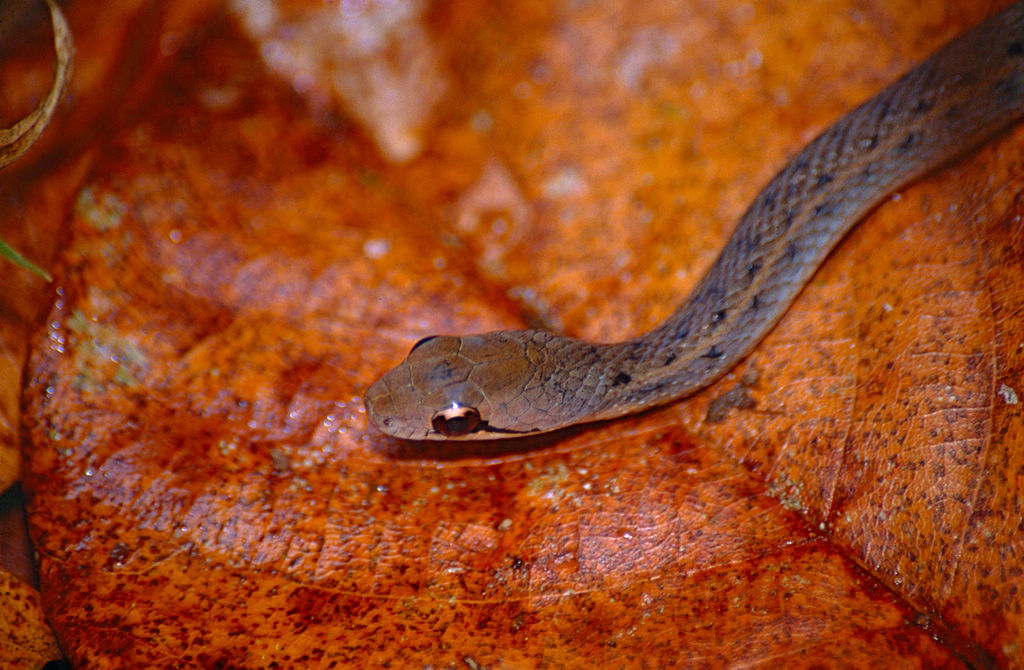# How to Know If a Snake Is Planning to Escape
Snakes are fascinating creatures that make unique pets, but they’re also notorious escape artists with a remarkable ability to squeeze through tiny openings and disappear. Whether you’re a first-time snake owner or an experienced herpetologist, understanding the warning signs that your slithery companion might be planning a “prison break” is essential for responsible pet ownership. Snakes don’t leave notes or obvious clues about their escape plans, but they do exhibit specific behaviors that can alert attentive owners to their intentions. This comprehensive guide will help you recognize these subtle signals, understand snake psychology, and take preventative measures to ensure your scaled friend remains safely in its enclosure.
Understanding Snake Psychology and Escape Motivation
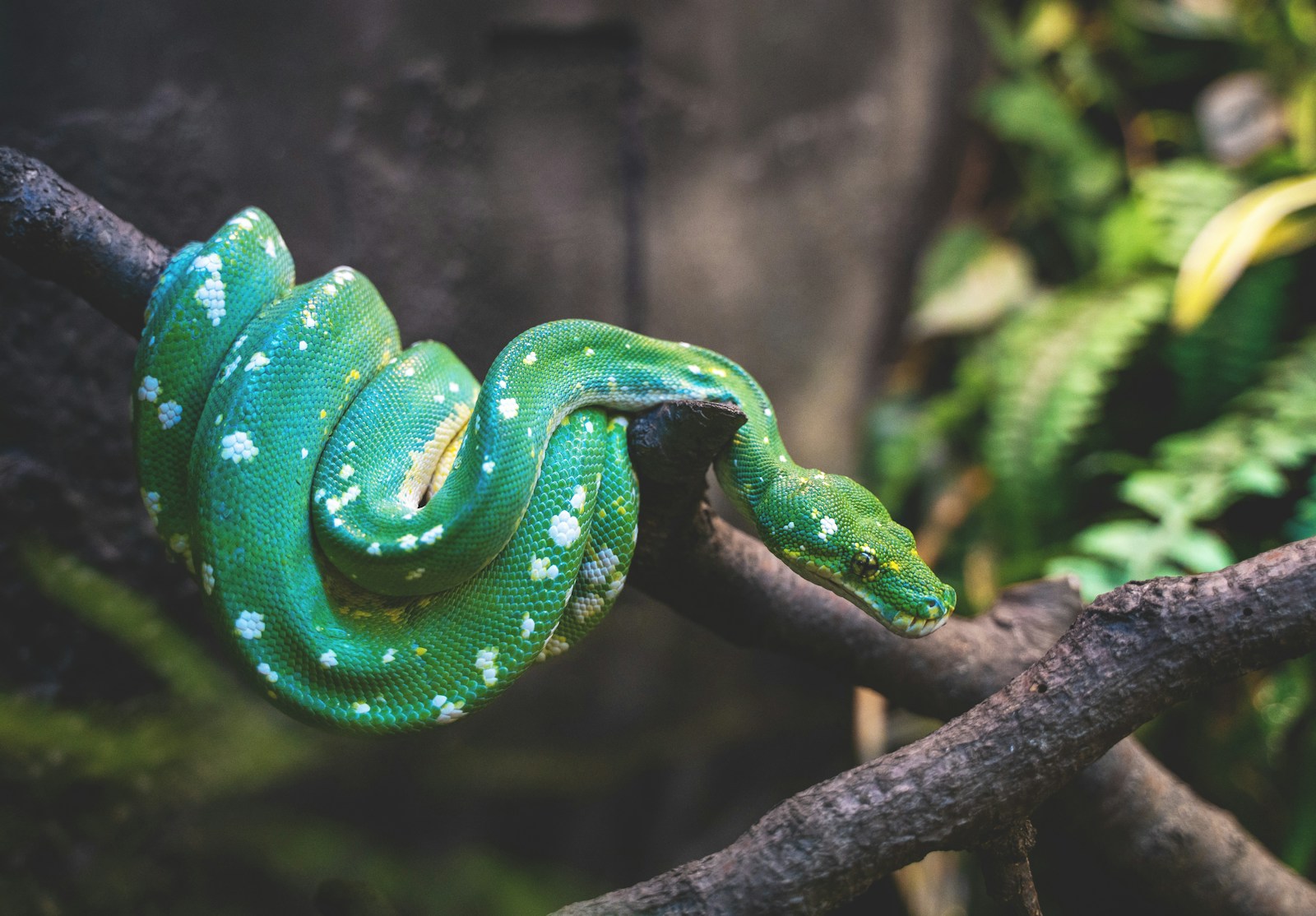
Snakes don’t plot escapes out of malice or a desire for adventure – their motivation stems from biological imperatives and environmental responses. In the wild, snakes constantly move to find food, mates, better temperatures, or to avoid predators. When kept in captivity, these same instincts remain active, prompting exploration behaviors that can lead to escape attempts. Understanding that a snake’s desire to escape usually indicates it’s seeking something it needs – whether that’s more space, different temperature gradients, or a potential mate – helps owners address the root causes. Rather than viewing escape attempts as behavioral problems, recognize them as your snake communicating that something in its environment needs adjustment.
Increased Activity Near Enclosure Edges

One of the most obvious signs your snake is contemplating escape is increased activity along the perimeter of its enclosure. You might notice your snake repeatedly tracing the edges of the terrarium, particularly focusing on corners, seams, or the area around the lid. This methodical “perimeter check” behavior often intensifies during the hours before an escape attempt as the snake searches for weaknesses or openings. The snake may press its snout against various points, testing for give in the structure. Pay particular attention if your snake seems fixated on a specific area of the enclosure, returning to investigate it repeatedly – this often indicates it has identified a potential exit point.
Persistent Pushing Against Lids or Doors
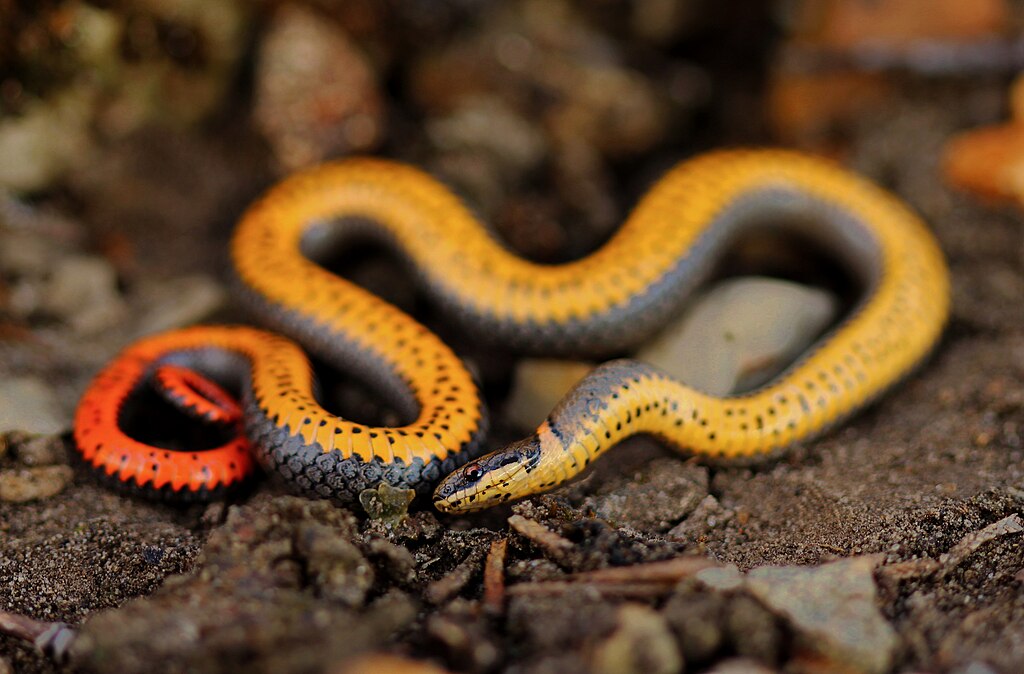
Snakes can be surprisingly strong and persistent when motivated to escape. A clear warning sign is your snake repeatedly pushing its head or body against the lid, door, or any other potential opening in its enclosure. You might observe your snake lifting its head and pressing upward with considerable force, sometimes maintaining this position for extended periods. This behavior is particularly common in larger species like boas and pythons, which can exert significant pressure against enclosure openings. Some snake owners have reported returning to find their pet’s nose raw or slightly injured from persistent pushing, which indicates not just casual investigation but determined escape attempts.
Unusual Strength or Muscle Tension
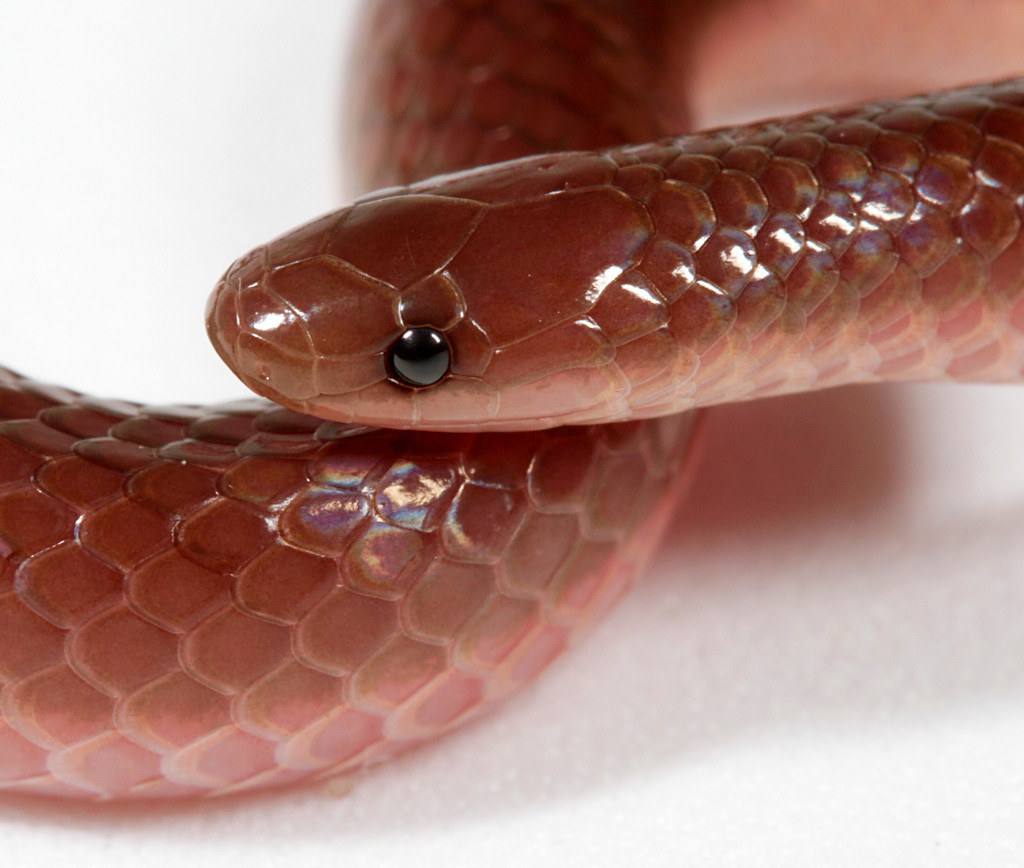
A snake preparing to escape often displays unusual muscle tension and strength during handling sessions. You might notice that your normally relaxed pet suddenly feels more rigid or tense in your hands, as if it’s constantly ready to spring into action. This increased muscle tone represents the snake’s heightened state of alertness and preparation for movement. During handling, a snake planning escape may also demonstrate surprising bursts of strength, particularly when oriented toward openings or edges. Some owners report their snake feeling “different” just before an escape attempt – this intuitive observation often reflects subtle changes in muscle tone and behavioral readiness that precede an escape.
Changes in Feeding Patterns
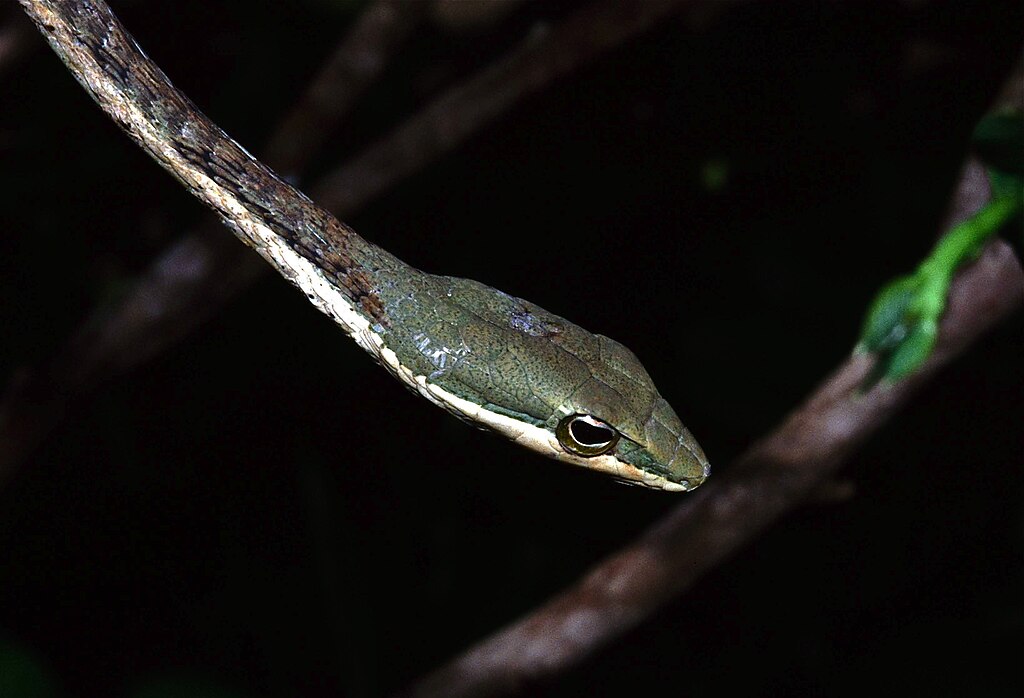
A snake contemplating escape may exhibit noticeable changes in its feeding behaviors. Some snakes become disinterested in food as they focus their energy on escape planning, refusing meals they would normally accept readily. Conversely, other snakes may feed more aggressively, building up energy reserves for their anticipated journey. Pay attention if your snake suddenly refuses several meals in a row without other signs of illness, particularly if this behavior coincides with increased exploratory activity. The timing of these feeding changes often correlates with breeding seasons or environmental shifts, when wild instincts become more pronounced and the drive to roam intensifies.
Unusual Focus on Environmental Changes
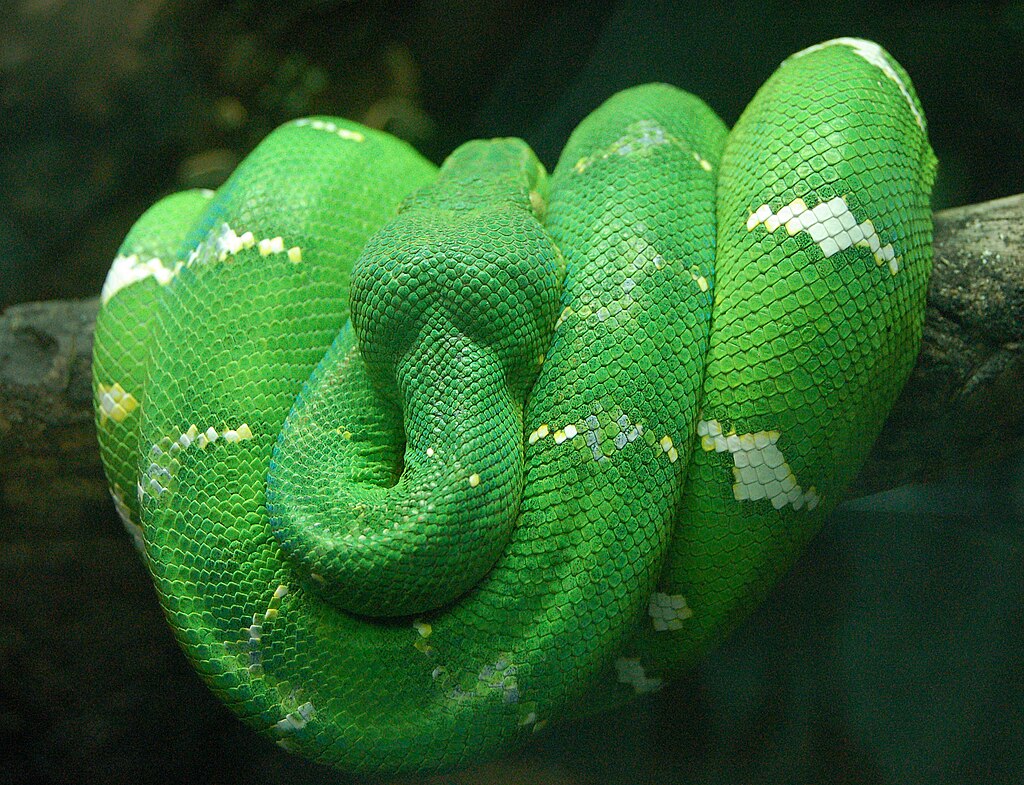
Snakes are highly sensitive to environmental changes, and shifts in their surroundings can trigger escape attempts. You might notice your snake becoming unusually alert or active following changes in room temperature, barometric pressure, or household routines. Many owners report increased escape attempts during seasonal transitions, particularly in spring when breeding instincts naturally prompt wild snakes to search for mates. Your snake may display heightened tongue-flicking behavior, a sign it’s gathering information about its environment through its vomeronasal organ. This intensified environmental assessment often precedes escape attempts as the snake processes external stimuli that trigger its natural roaming instincts.
Testing Weak Points in the Enclosure
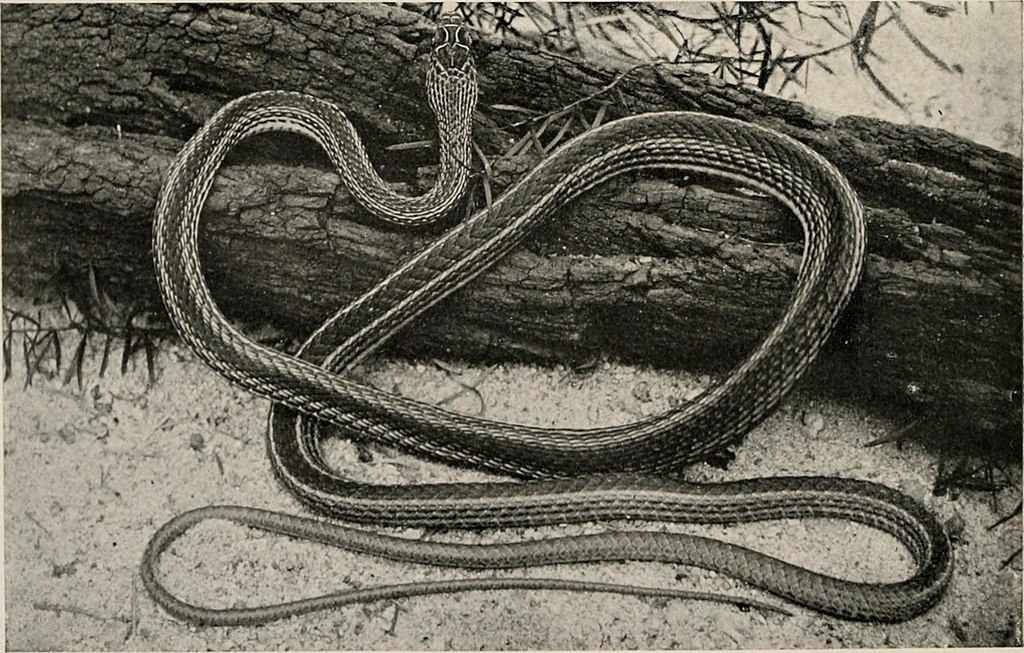
Snakes display remarkable problem-solving abilities when motivated to escape, methodically testing potential weak points in their enclosures. You might observe your snake repeatedly investigating the same spots – typically areas where different materials meet, where there are small gaps, or where screws secure lids or doors. This focused attention represents a systematic examination of the enclosure’s vulnerabilities. Some snake owners have captured footage of their pets spending hours working at a particular spot, gradually widening gaps or loosening fixtures. This persistence demonstrates that snakes don’t escape randomly but rather through deliberate testing and exploitation of structural weaknesses they’ve identified through careful exploration.
Unusual Climbing or Stretching Behaviors
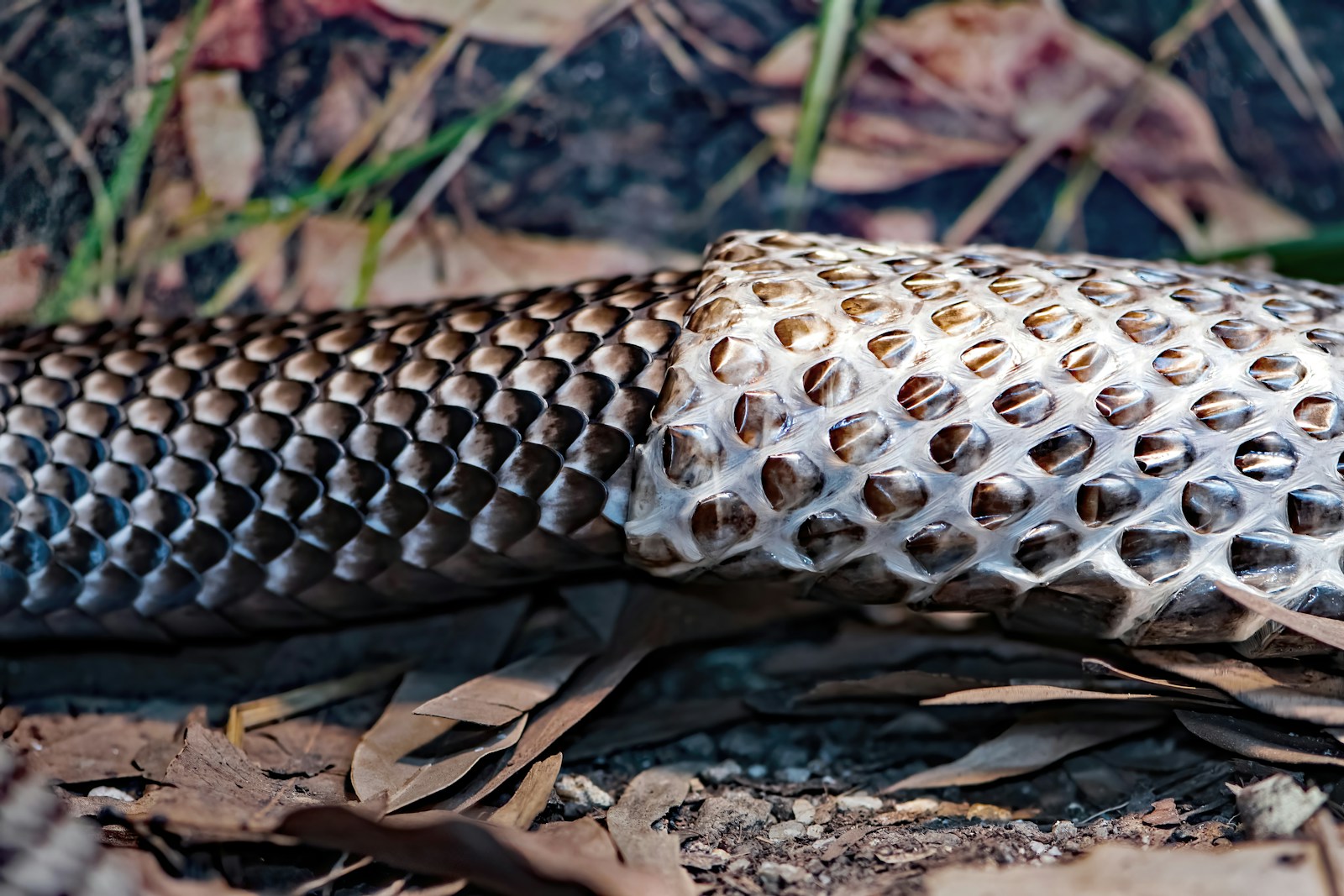
Many escape-minded snakes display unusual climbing or stretching behaviors as they assess vertical escape routes. You might find your snake repeatedly attempting to climb the corners or sides of its enclosure, even in species not typically known for arboreal tendencies. These climbing attempts often involve the snake stretching to its full length, seemingly measuring the distance to potential escape routes. Some owners report finding their snake in strange positions – fully extended against a wall or balanced precariously on enclosure furnishings – as it calculates potential pathways out. These behaviors are particularly concerning when combined with the snake’s natural ability to compress its body to fit through surprisingly small openings.
Increased Nighttime Activity
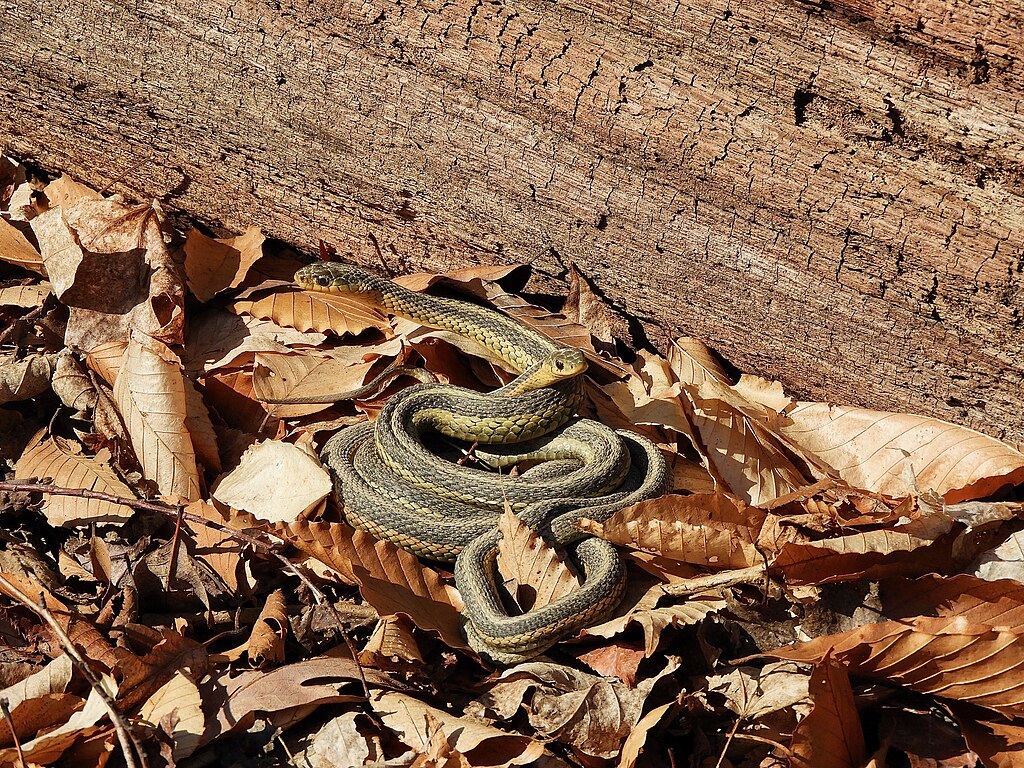
Many snake species are naturally nocturnal or crepuscular, and an uptick in nighttime activity can signal escape planning is underway. You might notice your snake, normally settled after dark, becoming unusually active during late evening hours when the household is quiet. This timing isn’t coincidental – snakes instinctively recognize that darkness provides better protection during exploration and movement. Consider setting up a camera with night vision capabilities if you suspect your snake is more active after hours than you realize. Many owners have been surprised to discover their seemingly calm snake transforms into a determined escape artist once the lights go out, systematically testing every potential exit during the overnight hours.
Signs of Stress or Restlessness
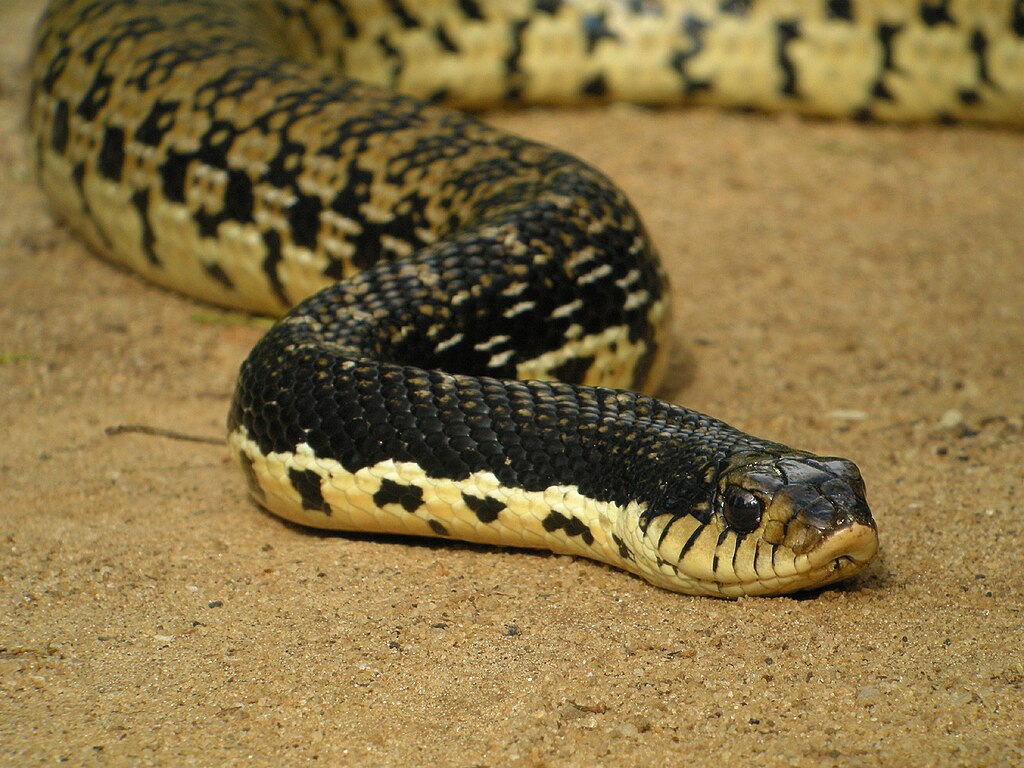
A snake planning escape often displays subtle signs of stress or restlessness that differ from its normal demeanor. You might notice increased defensive posturing, such as striking at movement outside the enclosure that wouldn’t normally provoke reaction. Some snakes exhibit repetitive behaviors like rubbing against enclosure walls or unusual movement patterns that suggest restlessness. The snake’s breathing pattern may also change, becoming more pronounced or rapid during periods of heightened escape motivation. While these stress indicators can have multiple causes, when combined with exploratory behaviors, they often signal that your snake feels compelled to leave its current environment.
Changes in Body Positioning
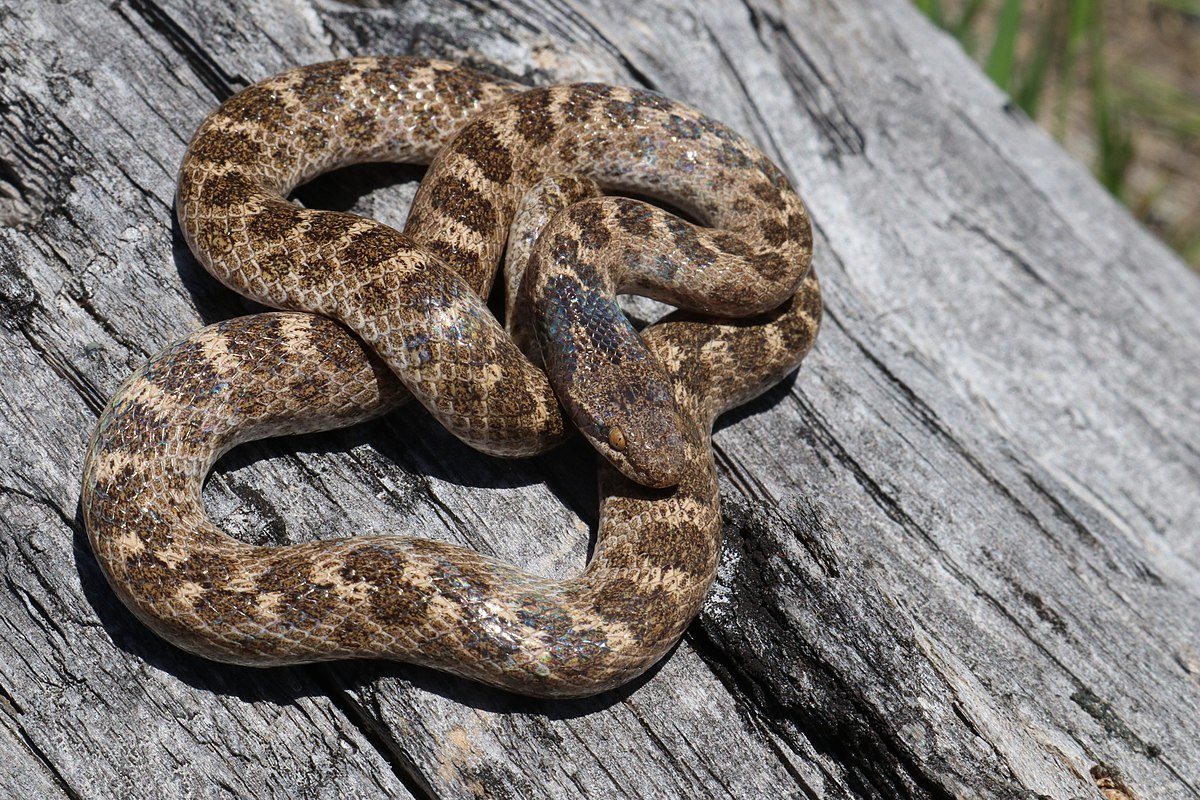
The way a snake positions its body can offer clues about its intentions to escape. A snake planning an exit strategy often positions itself differently in the enclosure, frequently orienting toward potential escape routes rather than its normal resting spots. You might notice your snake spending unusually long periods with its head elevated near the top of the enclosure or positioned near ventilation areas. Some owners report finding their snake in an unusual “ready position” – coiled with head elevated and oriented toward a specific direction – that precedes an escape attempt. These positional changes reflect the snake’s heightened awareness of its surroundings and preparation for rapid movement when an opportunity presents itself.
Previous Escape Attempts
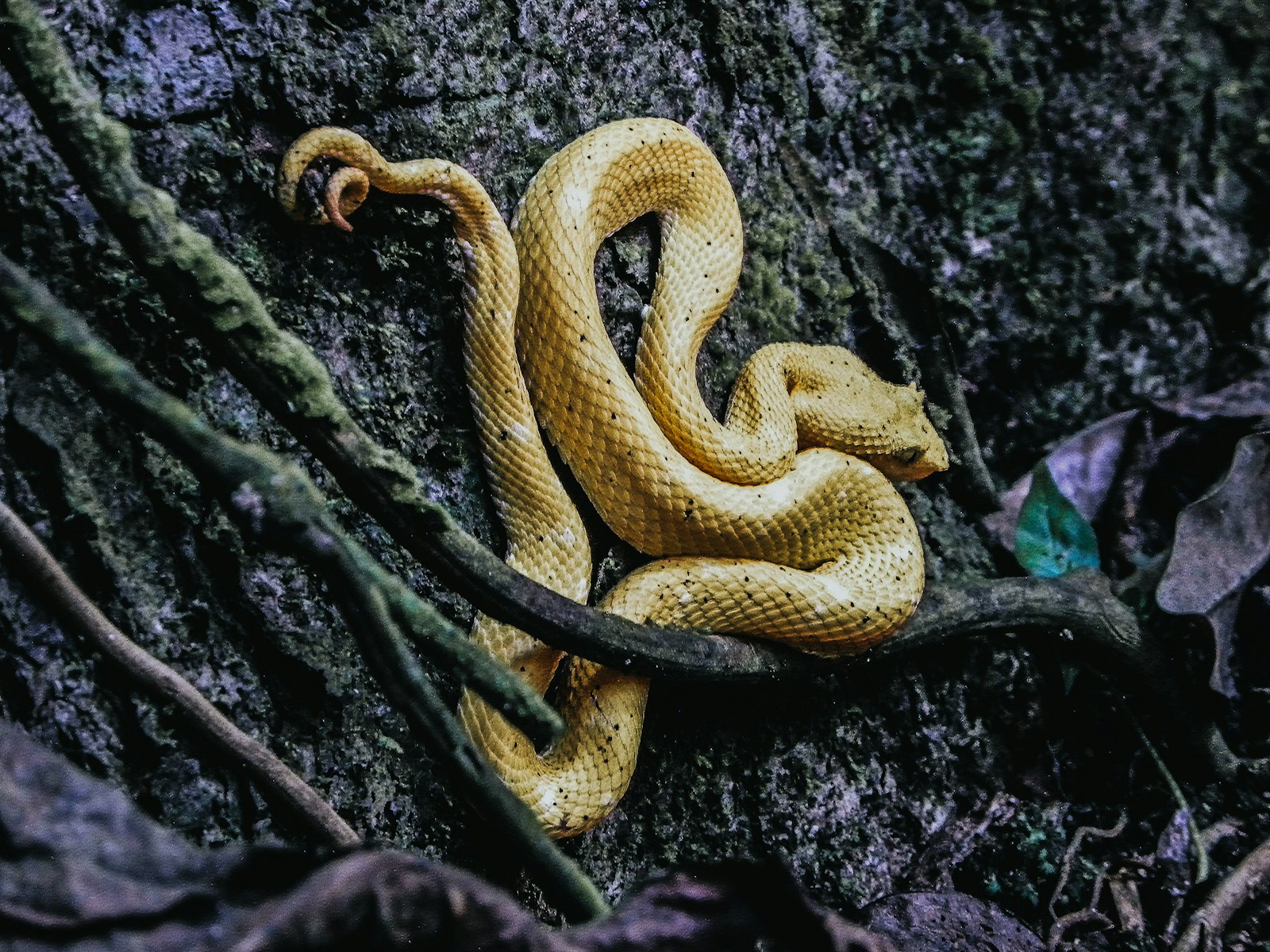
Perhaps the most reliable predictor of future escape attempts is a history of previous escapes or attempts. Snakes often repeat successful strategies, and a snake that has escaped before will likely try the exact same method again. You might notice your snake returning to investigate the spot where it previously found a way out, even if you’ve made repairs. Many experienced snake keepers maintain detailed records of escape attempts, documenting the specific methods, timing, and circumstances surrounding each incident. This pattern recognition allows owners to identify their individual snake’s preferred escape techniques and strengthen those specific vulnerabilities in the enclosure.
Preventative Measures to Keep Your Snake Secure

Taking proactive steps to prevent escapes is far easier than searching for a missing snake. Start by investing in a proper enclosure designed specifically for your snake species, with secure latching mechanisms and minimal gaps. Regularly inspect your snake’s habitat for developing weaknesses, paying special attention to areas where your pet focuses its attention. Consider adding weight to sliding doors or using locks on enclosure openings that cannot be pushed open by persistent pressure. Environmental enrichment is equally important – providing adequate hiding spots, climbing opportunities, and appropriate temperature gradients can reduce the motivation to escape. Remember that meeting your snake’s biological needs within its enclosure is the most effective way to diminish its desire to explore beyond those boundaries.
Recognizing the warning signs that your snake might be planning an escape allows you to take proactive measures before you’re faced with a missing pet situation. By understanding snake behavior, monitoring for these telltale indicators, and addressing the underlying motivations, you can ensure your scaly companion remains safely contained. Remember that escape attempts usually indicate something in your snake’s environment needs adjustment—whether that’s security improvements to the enclosure or changes to better meet its biological needs. The relationship between you and your snake benefits from this awareness, as you become more attuned to its subtle communications and can respond appropriately to keep your remarkable reptile safe and content.

